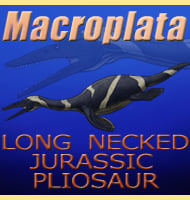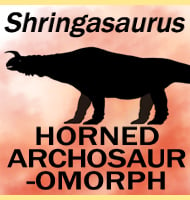Zhejiangosaurus
In Depth Zhejiangosaurus is not completely known, nor does it seem to show any special features beyond being a nodosaurid. This identification is itself important however since the only two other Asian nodosaurids named before this, Zhongyuansaurus and Liaoningosaurus, have now been re-classified as ankylosaurids. At the time of its description this makes Zhejiangosaurus the … Read more

